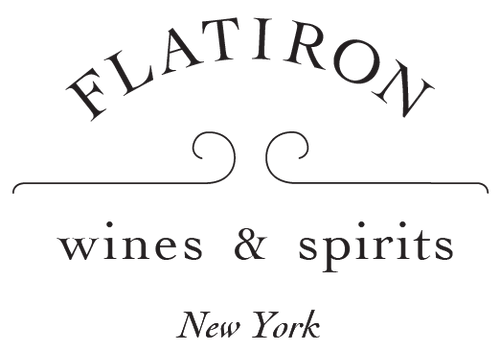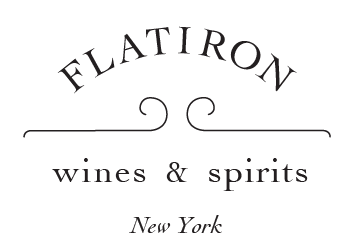Château Falfas Offers A Tantalizing Taste of Bordeaux's Past
What’s the difference between traditional Bordeaux and natural Bordeaux? Tasting the firm, classically contoured wines of Château Falfas — which seem to harken back to a time when Robert Parker was but a twinkle in his father’s eye — the answer seems to be “sometimes, there’s no difference at all.”
That’s because Falfas makes splendid, old-school wines with low-intervention methods. They use a vertical wooden basket press, for instance, and avoid adding any SO2 before bottling.
The estate was also one of the very first in Bordeaux to be certified biodynamic, way back in 1988. Owner and co-founder Véronique Cochran is the daughter of the late François Bouchet, founder of a pioneering biodynamic consultant who guided, among others, DRC, Leflaive, Leroy, Huet, and Roches Neuves.
We were blown away by the vital, muscular 2014 ‘Cuvée le Chevalier’, which is already profoundly delicious despite being set to age for decades. It’s also a great example of how the righteous use of oak aging (18 months) can add dimensions of flavor and texture without covering up the fruit or terroir.
We also delighted in the more supple, immediate joys of the straight ‘Château Falfas’ cuvée, which comes from the virtually perfect 2016 vintage. Its linear, velvety red-fruit profile reminds us of wines from another like-minded right-bank estate, Château Le Puy. It is a remarkable value.
Falfas is located in the relatively obscure Côtes de Bourg, a right-bank AOC that faces Margaux on the other side of the Gironde estuary. Bourg’s climate, regulated by clay-limestone soils and proximity to water, is less extreme than most parts of Bordeaux, so we might be seeing this region gain prominence with global warming.
The estate was also one of the very first in Bordeaux to be certified biodynamic, way back in 1988. Owner and co-founder Véronique Cochran is the daughter of the late François Bouchet, founder of a pioneering biodynamic consultant who guided, among others, DRC, Leflaive, Leroy, Huet, and Roches Neuves.
We were blown away by the vital, muscular 2014 ‘Cuvée le Chevalier’, which is already profoundly delicious despite being set to age for decades. It’s also a great example of how the righteous use of oak aging (18 months) can add dimensions of flavor and texture without covering up the fruit or terroir.
We also delighted in the more supple, immediate joys of the straight ‘Château Falfas’ cuvée, which comes from the virtually perfect 2016 vintage. Its linear, velvety red-fruit profile reminds us of wines from another like-minded right-bank estate, Château Le Puy. It is a remarkable value.
Falfas is located in the relatively obscure Côtes de Bourg, a right-bank AOC that faces Margaux on the other side of the Gironde estuary. Bourg’s climate, regulated by clay-limestone soils and proximity to water, is less extreme than most parts of Bordeaux, so we might be seeing this region gain prominence with global warming.

